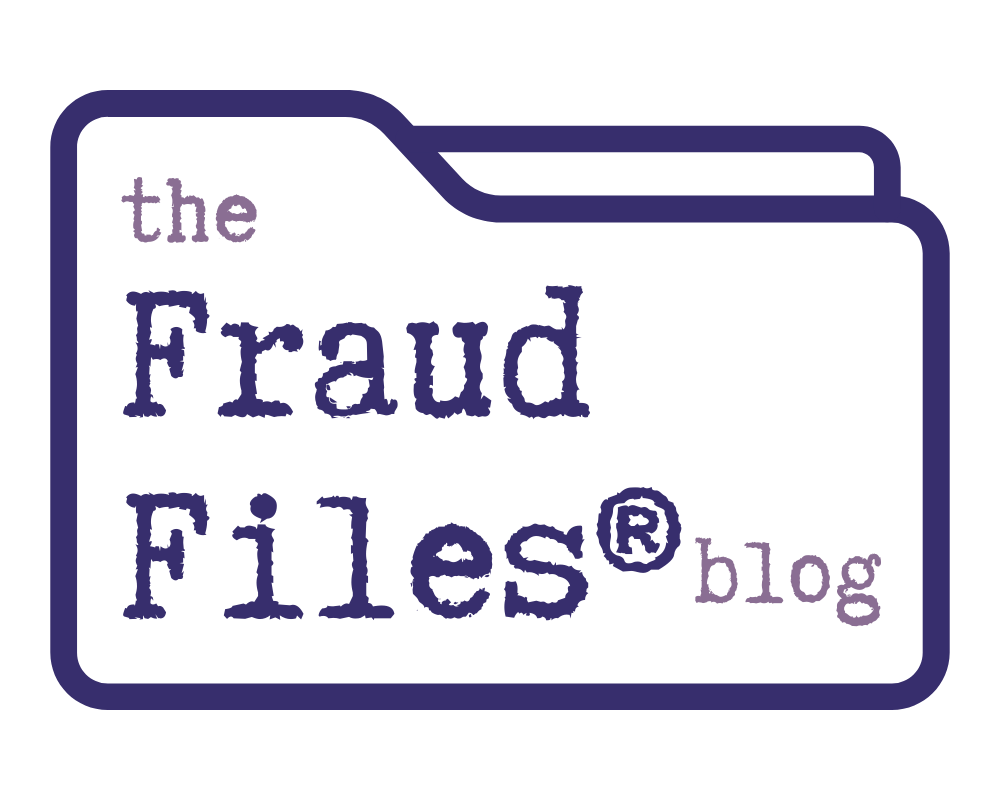 Complex financial investigations involve large sets of data, numerous accounts, multiple players, and lightning fast movements of money. Being able to accurately document these movements of money is the key to the financial portion of a case, whether it involves embezzlement, bribery, misconduct in office, money laundering, or divorce.
Complex financial investigations involve large sets of data, numerous accounts, multiple players, and lightning fast movements of money. Being able to accurately document these movements of money is the key to the financial portion of a case, whether it involves embezzlement, bribery, misconduct in office, money laundering, or divorce.
Forensic accountants can quickly become overwhelmed by the sheer volume of data that needs to be analyzed. Even with all of the modern technological tools available, many of the tasks in financial investigations are still done manually. Why? The format of accounting statements and reports varies so much that there is no single solution that can help capture that data. So fraud investigators still turn to manual data entry sometimes.
But if you can find a way to systematize your work using specialized software, you’re going to have a distinct advantage in forensic accounting engagements. Optical character recognition (OCR) software is used to get the data off the face of bank statements, financial statements, invoices, or just about any financial document you can imagine.
It can be complicated because there are so many different formats for statements. How will the software know what number to pay attention to, and where to put it in the database?
Assuming you have a software solution sophisticated enough to do that, the next step is analyzing the data. Some of the analysis needs to be manually because the eye of an investigator is required. (There is often more to the story than just the numbers on the page, and an algorithm can’t account for some of the factors.) Other parts of the analysis should be done by software that can quickly look at lots of data and find anomalies, patterns, or specified points of interest.
I have developed a system that puts these pieces together and allows me (as a solo practitioner) to handle larger cases than you might typically expect. The advantage for the attorney in having a solo do a seemingly “too large” case is in the control it brings. The client knows exactly who is handling the data, the qualifications and experience of that person, and the accountability that goes along with it. There is no risk of an inexperienced staff person bungling the analysis, missing a key piece of data, or delaying the investigation.
How does this work in practice? One of the frequent hurdles in fraud investigations is the time to complete a project. Cases often have accelerated deadlines, which can be difficult to meet if using only traditional investigative methods. A good rule of thumb for manual data entry is 100 transactions per hour, entered into a database and reconciled. For a case involving only 10,000 transactions, that’s 100 hours of data entry. A staff person will work more than 2 weeks to complete this.
No problem, you say! Divide the data and have multiple staff people do the entry! You create other problems by doing this. There is a greater risk of duplicated transactions or missed transactions. Reconciliations are made more complicated. There may not be consistency in how data is entered. Judgment calls will be handled different ways by each person.
Another option that might seem viable is analyzing only a sampling of transactions in a case. There you run the risk of missing a key transaction. Arbitrary thresholds are often applied to the sample, with all transactions over a certain dollar amount analyzed. What if the key to unlocking a fraud is within a transaction of a small dollar amount?
Check out how I was able to apply what I’m talking about here to some cases I worked on.
- A small business with robust sales was perpetually short on cash. A look at the accounting and bank records revealed no problems. Money was coming in from customers, all vendors being paid were recognized as legitimate, and no leakage of cash was evident. A statistical analysis of the data revealed an anomaly. A specific dollar figure appeared at an abnormally high rate over a period of several years. This figure didn’t seem unusual during the first look at the records, but the data analysis tools spotted an irregularity. These transactions were part of a larger scheme to defraud the owner of a business.
- A wealthy divorcing couple needed to track their spending for the last five years of the marriage under the terms of a pre-marital agreement. More than 20 bankers boxes of bank, brokerage, and credit card statements needed to be analyzed. The analysis required me to track and categorize each transaction to determine the marital lifestyle and calculate spousal support. I was able to capture the financial data in record time, allowing for an accurate and speedy analysis of the marital lifestyle. This gave the divorce attorney a leg up in the negotiations, as she knew the numbers well in advance of the other side. Further, opposing counsel’s expert relied on manual data entry by less-experienced staff, which led to errors in documenting and categorizing the spending. The other side’s results were not credible, and therefore the divorce attorney who retained me was in a much stronger position for negotiations.
- A business owner was accusing of laundering money for a local drug ring, and all movements of money needed to be examined. All personal and business bank transactions for a two year period were analyzed. The analysis proved that the deposits correlated with known revenue of the business, and the expenditures of funds were for legitimate business and personal expenses. Charges against the business owner were ultimately dropped.
- A Fortune 500 company was disclaiming responsibility for the debts of a smaller company it acquired. Counsel for a creditor attempted to “pierce the corporate veil” and show that the two companies actually operated as one. A “data dump” producing only hard copy records included almost 40,000 transactions that needed to be analyzed in less than 30 days due to litigation deadlines. I was able to capture all of the data and quickly prove that funds were commingled and the public company was indeed acting as if it was the smaller acquired company.
In all of these cases, the volume of the data was a limiting factor. Traditional investigative techniques would not have been sufficient to properly analyze the data. Further, the time to investigate using manual procedures would not have allowed counsel to meet deadliness or have early answers to help develop the litigation strategy. There is a better way to complete complex financial investigations, and it involves a forensic accountant who is using technology to the client’s advantage.



